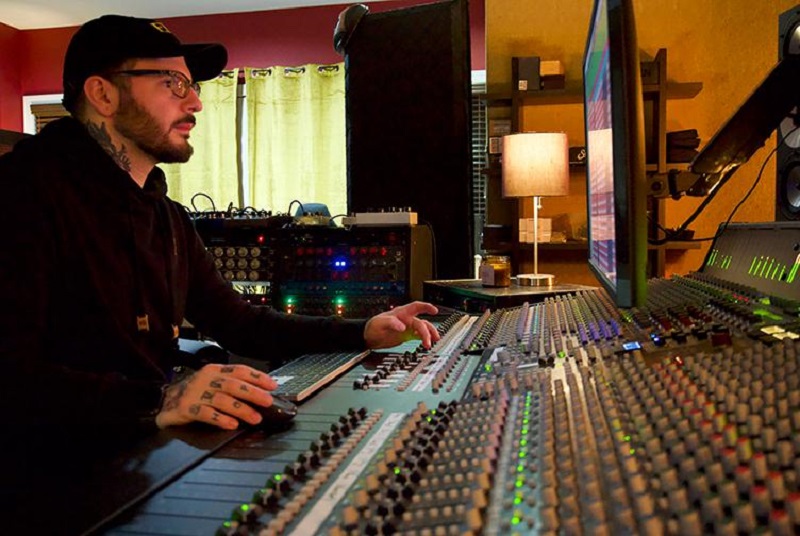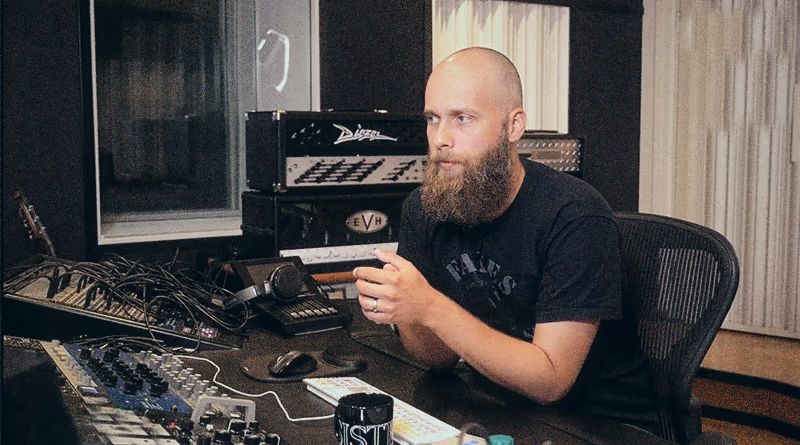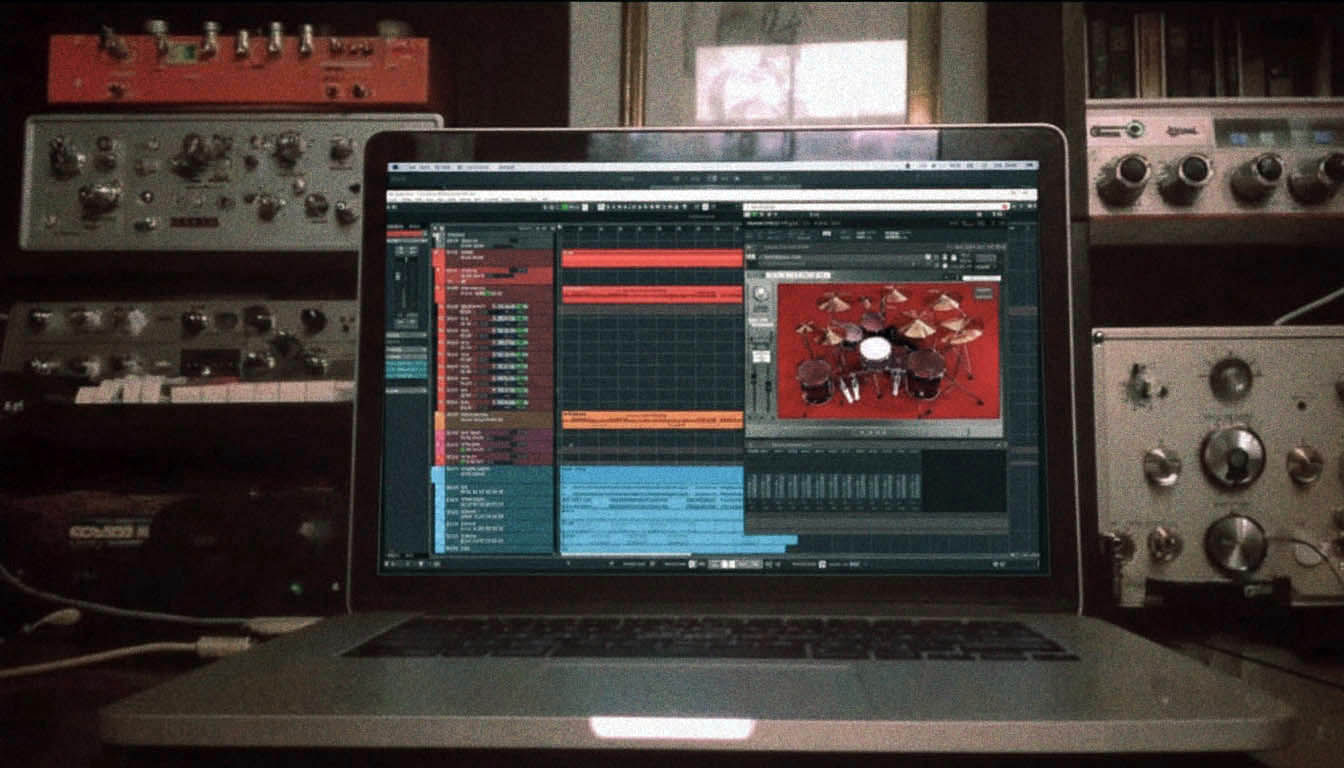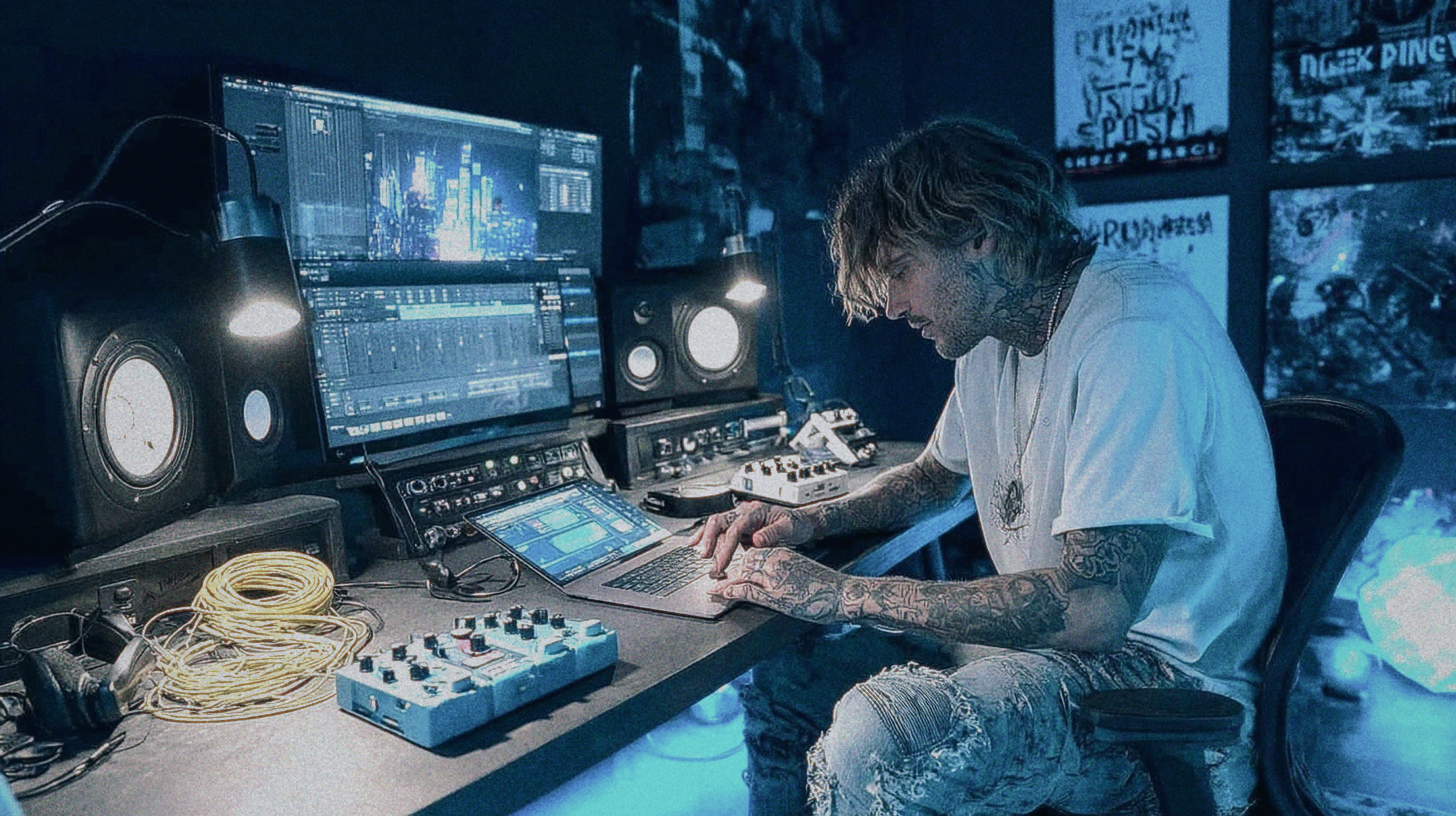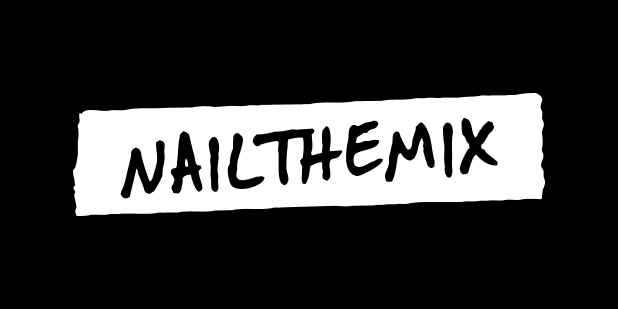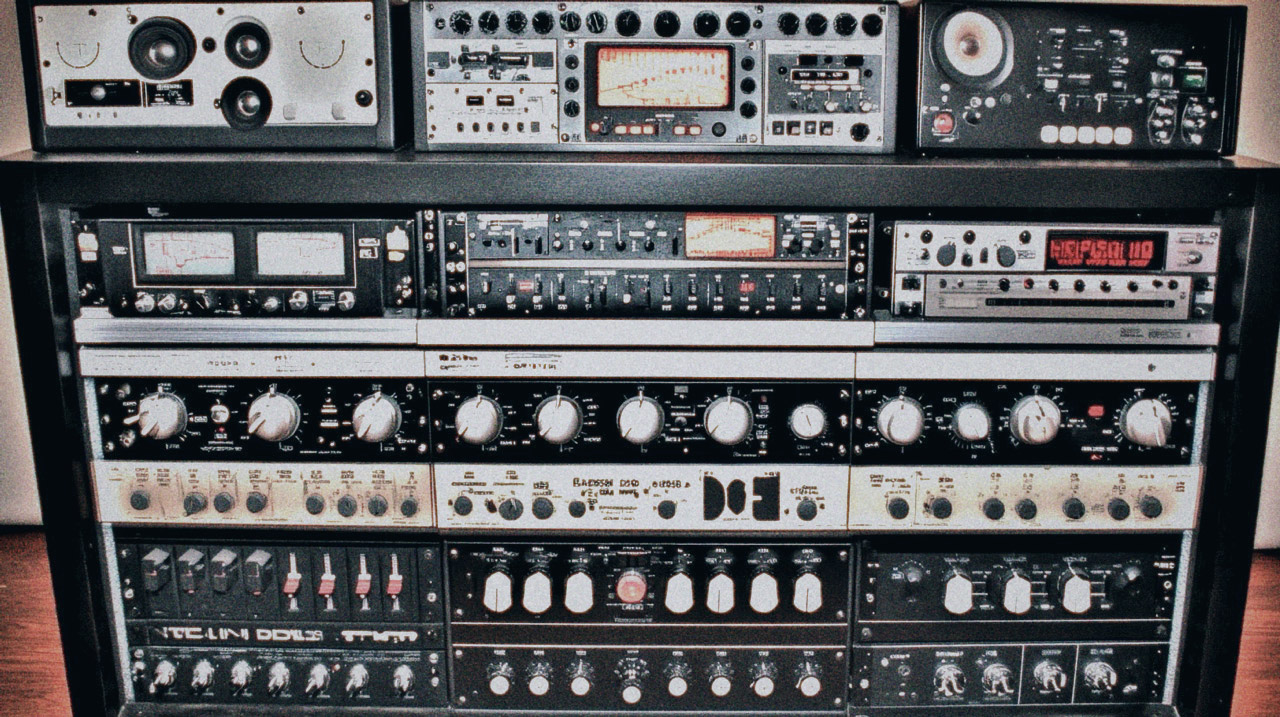
1176 Compressor Plugins vs the Real Hardware
Nail The Mix Staff
Alright, let's talk about one of the most legendary pieces of studio gear ever: the 1176 compressor. Specifically, that aggressive, punchy "Blue Stripe" version. It’s a sound many of us chase for vocals, bass, drums – you name it. But let's be honest, vintage hardware or even high-quality clones can be a serious investment. So, the big question is: can your favorite 1176 plugins really hang with the real analog deal?
Dave Otero, a name many in the metal scene will recognize, decided to put this to the test. He took an Audio Scape 76A – a pretty spot-on recreation of the original Blue Stripe 1176 – and pitted it against some of the most popular 1176 plugin emulations. We're talking a no-nonsense shootout on a modern rock vocal track. Let’s dive into what he found.
Setting the Stage: The Raw Vocal and Hardware Benchmark
Before we even touch the compressors, it’s crucial to understand what we're working with and what we're aiming for.
The Untamed Vocal: Why Compression is Key
Dave started with a single, raw vocal line – no EQ, no prior processing, just straight out of the mic. He did bump the volume a bit to match the upcoming compressed versions. Listening to it, the take was cool, but totally uncompressed. In a modern rock or metal mix, that’s just not going to fly. It’s all over the place dynamically.
This is where compression becomes your best friend. You need to even out those dynamics, bring quiet syllables forward, and make sure every word cuts through the dense instrumentation.
Dialing in the Hardware: The Audio Scape 76A Blue Stripe
First up, the hardware. Dave dialed in the Audio Scape 76A on the vocal. What does an 1176, particularly a Blue Stripe, bring to the table?
- Leveling: Obviously, it tames the peaks and brings up the lows, making everything sit more consistently.
- Aggression & Excitement: That classic 1176 character! It adds a cool brightness and a noticeable saturation on top. This is a big part of the Blue Stripe magic – that "imperfect glory."
- Attack/Release Shaping: Dave went for a super-fast release, which gives vocals that aggressive, in-your-face sound. He then pulled back the attack a touch. This allows the initial percussive elements of the vocal performance (those 'T's, 'K's, and 'P's) to bite through before the compression clamps down, keeping the vocal aggressive but controlled. He was hitting it pretty hard, with the needle often getting pinned – a classic 1176 vocal move!
The result? The vocal was not just leveled, but it also gained this energetic character that makes it pop. One cool side effect Dave pointed out is that good compression like this often means you need to do less heavy lifting with EQ later on because the compressor itself is already shaping the tone in a pleasing way.
The Plugin Contenders: How Do They Stack Up?
With the hardware setting a high bar, it was time to see if the plugins could keep up. The same vocal track, same goals.
Waves CLA-76 (Bluey): Classic Compression, Missing Sizzle?
This one's a veteran. The Waves CLA-76, specifically the "Bluey" version, has been a studio staple for ages, and it often goes on sale for a pretty sweet price.
- Soloed vs. Hardware: Listening to the CLA-76 soloed against the Audio Scape, Dave found the compression characteristics to be nearly identical. That’s a big win for Waves.
- In the Mix: Here’s where a difference emerged. When the vocal was put back into the full mix, the CLA-76 felt like it was "missing a little excitement" that the hardware provided. That extra "sizzle" and high-end saturation from the Audio Scape just wasn't quite there with the Waves plugin. It did the compression job well, but the hardware had an extra layer of aggressive frequency content. Still, by no means a slouch.
Plugin Alliance MC77: The All-Around Challenger
Next up was the Plugin Alliance MC77. Now, this isn't strictly a Blue Stripe emulation, nor even a Universal Audio one, but Dave considers it one of the very best 1176-style plugins out there.
- Soloed vs. Hardware: Again, pretty similar in terms of core compression. Dave noted he could hear "a little more of those saturation characteristics" with the MC77 compared to the Waves plugin, bringing it a step closer to the hardware.
- In the Mix: The MC77 performed admirably. Dave felt it was better than the Waves plugin in this context and would be his go-to if he were reaching for a plugin 1176. However, that unique hardware "vibe" – that slight "crustiness" on certain syllables that sounds fantastic in a dense mix – was still a bit more pronounced with the Audio Scape. Interestingly, soloed, the plugin might even sound a hair "cleaner," but in the mix, that hardware character is often what you're chasing.
Dave pushed these compressors pretty hard to really bring out their differences, which is a common approach for aggressive rock and metal vocals.
Slate Digital FG-116 Blue: Saturation Star, Compression Concerns?
Last but not least, the Slate Digital FG-116 Blue (from the Virtual Mix Rack). Slate is known for nailing the saturation aspects of analog gear.
- Soloed vs. Hardware: The FG-116 Blue did a good job with the saturation. You could hear that "crispy" quality on some of the 'S' sounds and an overall sheen, similar to the hardware.
- In the Mix: Here’s where the FG-116 Blue stumbled a bit, according to Dave. While the saturation was there (meter pinned, just like you'd expect!), the actual compression felt less effective. The vocal didn't feel as "pinned" or consistently right at the forefront. It was like the mix knob was turned down, allowing more of the original dynamics through than desired for this aggressive vocal style. So, kind of the inverse of the Waves plugin: Slate nailed the saturation but missed the mark on the compression's control, which is, well, the main job of a compressor!
The Verdict: Hardware Charm vs. Plugin Practicality
So, what's the final word? To Dave's ears, the Audio Scape 76A hardware version sounded best. It had that extra 1-2% of vibe, aggression, and character that just works.
However, this doesn't mean plugins are useless – far from it. The Plugin Alliance MC77 was highlighted as "1000% usable" and a very admirable performer. All the plugins got incredibly close, and the differences are often subtle, especially when you're just starting out.
The key takeaway? Don’t let the lack of expensive hardware be a crutch holding your mixes back. Today’s plugins are seriously powerful. You can absolutely get crushing, professional-sounding mixes in the box. Hardware might give you that tiny extra edge or a different flavor if you have access to it, but it’s not the gatekeeper to a great sound.
Nail That Pro Sound: Beyond the Gear
Understanding how different compressors react, what "sizzle" and "crustiness" actually mean in context, and how to dial them in for your tracks – that’s what separates good mixes from great ones. It’s less about owning a specific piece of gear and more about knowing how to use the tools you have.
If you’re serious about leveling up your rock and metal mixing chops, imagine watching guys like Dave Otero and other world-class producers actually dial in compressors like these, explaining every decision, on real songs from bands you love. That’s exactly what Nail The Mix offers. Every month, you get the actual multi-tracks from a killer song and watch the original producer mix it from scratch, sharing their techniques and thought processes. It’s about seeing how the pros get that last 1-2% and beyond.
Want to see how these concepts apply to a full metal production workflow? Check out how to Unlock Your Sound: Mixing Modern Metal Beyond Presets and see how far you can push your mixes. Dive deep, experiment, and keep learning!
Get a new set of multi-tracks every month from a world-class artist, a livestream with the producer who mixed it, 100+ tutorials, our exclusive plugins and more
Get Started for $1

